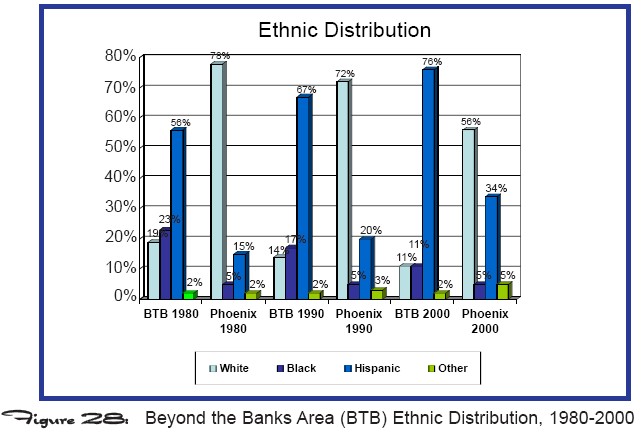Former USSR Culture Workshop
Sign in, Welcome, Get acquainted — How can this workshop help your job?Language Education and Diversity Sensitivity (LEADS) Program
Purpose: To enhance the ability City of Phoenix employees to communicate with and deliver services to immigrants from the Former Soviet Union (FSU).
Method: Explore FSU cultures that now reside in the City of Phoenix to increase understanding of the dynamics of ethnic diversity and its impact on business and society. Topics encompass long-term residents and recent immigrants, traditions and customs, religion, values, gender relations, family values, food and continual influx of immigrants in recent years.
A cultural snack is provided.
Who Are You?
ME — Andrew John Conovaloff — Russian: “Andrei”Last name pronounced like “can of olives” — ka-no-VA-lov.
My grandparents from both parents emigrated from Russia to Arizona about 100 years ago. They called themselves Spiritual Christians, with sub-groups called Molokans (Russian: “milk-drinkers”) and Jumpers. In Russia they were "heretics" and dissenters — unwanted in Russia for being Russian, but not Orthodox and resisting military conscription.
In 1920 in the West Valley between Glendale and Tolleson, about 1000 Russian Molokan and Jumper immigrants lived in 4 adjacent villages in about 200 homes on 8+ square miles. Each village had a church and came from a different village in Russia. Most moved to California by 1930. I grew up on my grandfathers farm, attended rural Pendergast Grammar School, and Tolleson Union High School with descendants of neighboring Russian settlers.
Since 1974 I have been researching and informing people about Molokans and Jumpers. I've been to Russia 3 times where I have over 100 relatives. My wife is Russian Molokan. I have produced classes, publications, conferences, and websites about Russians and Slavs.
You
- Name
- Department
- Ethnic background
- Experience / Contacts with FSU immigrants
- Thoughts about FSU immigrants, experiences, myths,
questions, expectations, Cold War, fears, ...
How can this workshop help your job?
Expand ethnicity and diversity beyond colors: white, black, brown, red-yellow, green (other), ...

Fill
a Gap in City of Phoenix Ethnic
Resources:
| Group |
Faces of Diversity | Directory |
Publications |
| Black |
12 |
12 |
1 |
| Asian / Pacific |
12 |
29 |
3 |
| Native American |
7 |
8 |
1 |
| Hispanic |
5 |
9 |
4 |
| Eastern
European |
1 |
||
| Palestine |
1 |
||
| Irish |
1 |
||
| Gay / Lesbian |
3 |
||
| Women | 2 |
||
| Art |
1 |
||
| Religions | 9 |
||
| Interfaith | 5 |
||
| Jewish | 2 |
1 |
|
| Islam | 1 |
||
| Baptist | 1 |
Profile: Russian Immigrant
It is Arizona 10 years from now. Because of the continuing drought, there is no water. Because of the migration of people to the sun belts, the population now is at 10 million and counting. The streets are clogged with traffic and, the air is extremely polluted.- You have the opportunity to change the direction Arizona is headed.
- You are meeting with others with similar concerns to discuss your experiences with the challenges Arizona is facing.
- You will then have the opportunity via the Arizona planning session, to let policy makers know what needs to be done to make Arizona a better place to live now and for future generations.
- You are a Russian
Immigrant with an expired work visa.
When your visa exires, so do your benefits, AHCCCS and food stamps - You emigrated 3
years ago from Moscow with your family and have been working as an
alterations tailor at Macy’s.
Visa quotas have been so limited that you are of only a few allowed to emmigrate.
- Your children have been Americanized and are attending public schools.
- Your wife cleans houses.
- You make enough
money to pay for the necessities of life for you and your family.
But you probably made more money in Moscow in $ than you do now. - You are on AHCCCS for health care and receive food stamps.
- You have to stay at your present job because they do not do rechecks on visas so you know you will be safe there.
- You feel like America is your home now and
do not want to be sent back to Russia.
You may never feel like America is your home.
No matter how bad it is in Arizona now, it is much better than living in Russia. - You are here to
convince the policy makers to have another blanket amnesty day.
You probably don't understand or speak English well enough to participate. A translator is needed.
Eliminate staff support and 80% of funding for the Language Education and Diversity Sensitivity (LEADS) program. This would eliminate a Personnel Aide position that provides administrative support to the program and would require other staff to absorb these responsibilities. This also reduces translation services provided to the public.